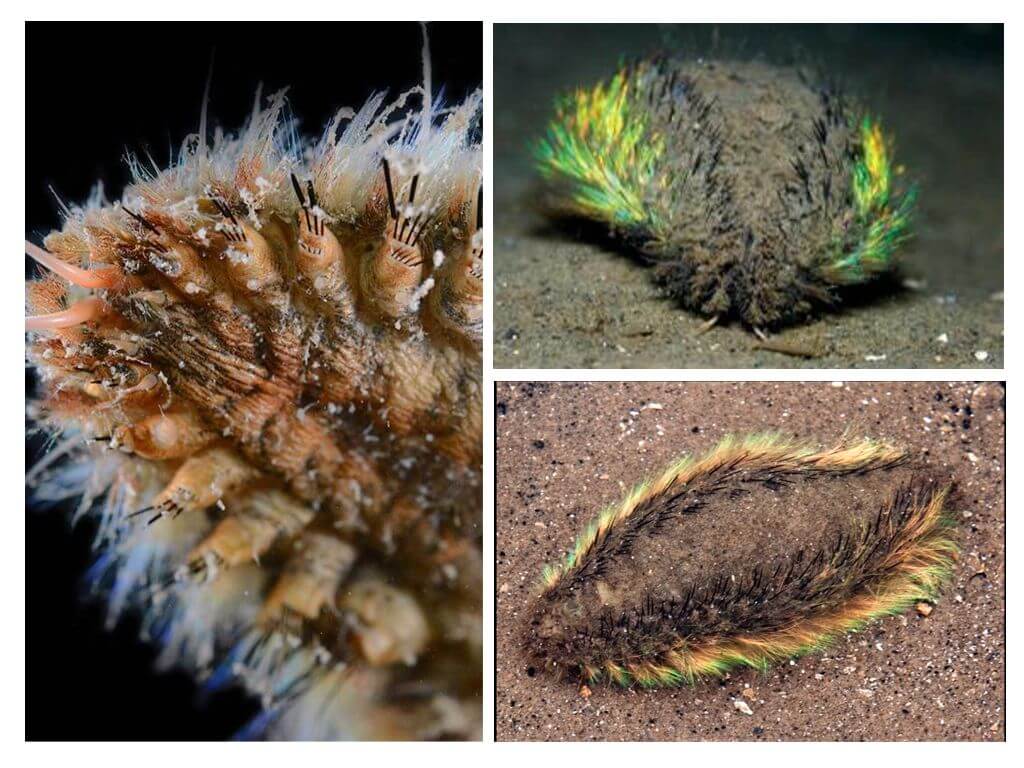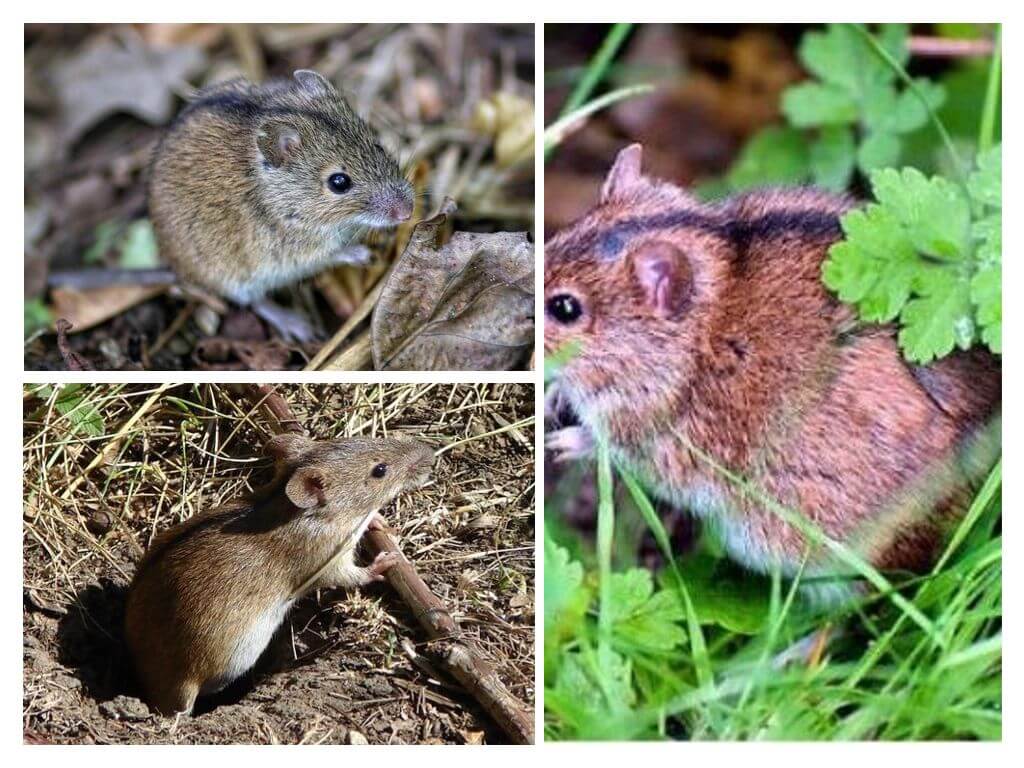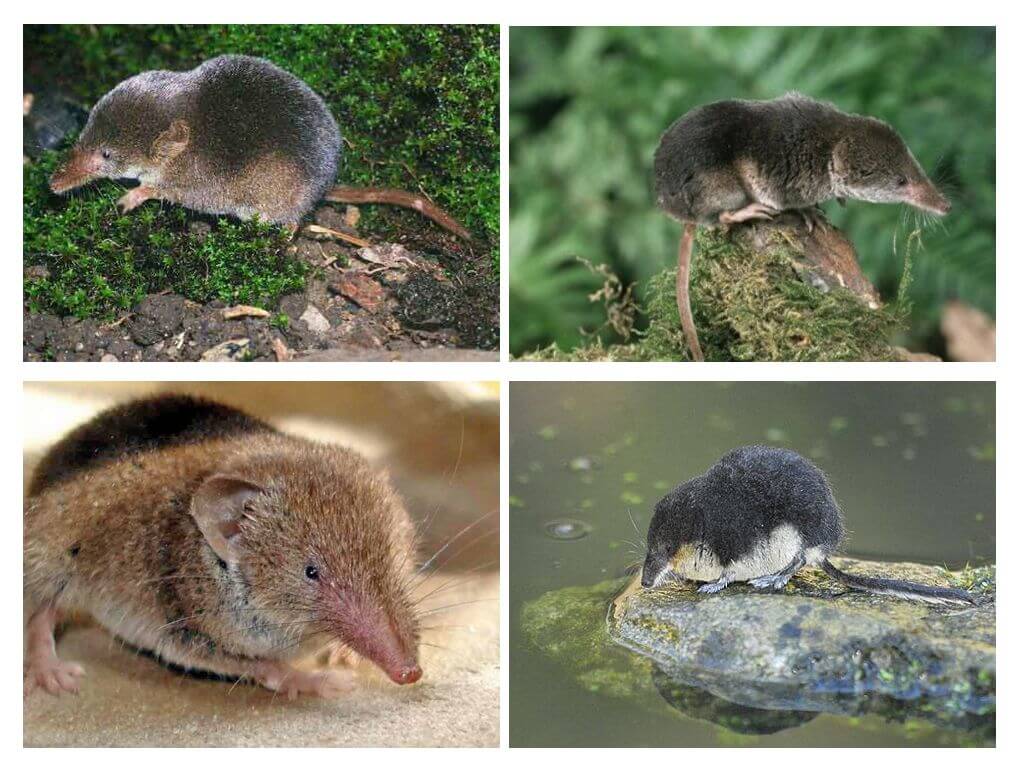A sea mouse is called a worm from the class of polychaete annuli. He got this name because his body is covered with "hair", and the size of an adult is the same as that of a small rodent. Its Latin name is Aphrodita aculeata.
What does it look like
The worm grows up to 20 cm in length and up to 5 cm in width. The body is divided into 35-40 segments, each of which ends with black processes - parapodia. They help to move along the seabed and dig into the sand.
On the “face” there are two pairs of jaws, with which Polychaetus catches its prey.
The body of marine mice is covered with amazing setae that resemble felt. They reflect even the faintest light and change color depending on the angle at which it falls.
Interesting!
TO interesting facts about mice can be attributed to the presence of marine life and how the marine mouse looks in the photo. Its cover, washed from silt and dirt, shimmers with all the colors of the rainbow and sparkles under the rays of light.
If the rays go straight, the bristles turn red. If the light falls at an angle, then the “coat” of the worm glows blue, yellow or green.
Mouse hairs are not at all for beauty. They perform several important functions:
- Provide breathing.
- Protect his body.
- They help to bury in the sand.
- Serve as a "home" for eggs.
- They scare away natural enemies, turning red.
The structure of the bristles resembles ordered honeycombs. Scientists from the Norwegian University of Science and Technology have studied this phenomenon. They tried to find out whether bristle channels can be used to produce nanowires. The experiment showed that in this way you can create a structure up to 2 cm in length.
Where he lives and what he eats
The sea mouse spends life at the bottom of the Mediterranean Sea, as well as in the northeastern Atlantic. It can live at a depth of up to two kilometers. Chooses a muddy bottom where you can dig into the sand for relaxation or hunting.
Some marine mice prefer a plant-based diet. Others are predators. The latter use wool as bait. They bury in silt, leaving bristles reflecting light on the surface. "Lights" attract crustaceans, small clams, worms, which Aphrodite hunts. A worm can also relish its relative, if it has a smaller size.
Interesting!
Aphrodite marine mouse is not an exemplary parent. She can eat her offspring. Therefore, the larvae that emerge from the eggs quickly swim away from the negligent mother.
Living in depth makes it difficult to study the worm. But thanks to him, scientists made a breakthrough in nanotechnology.




